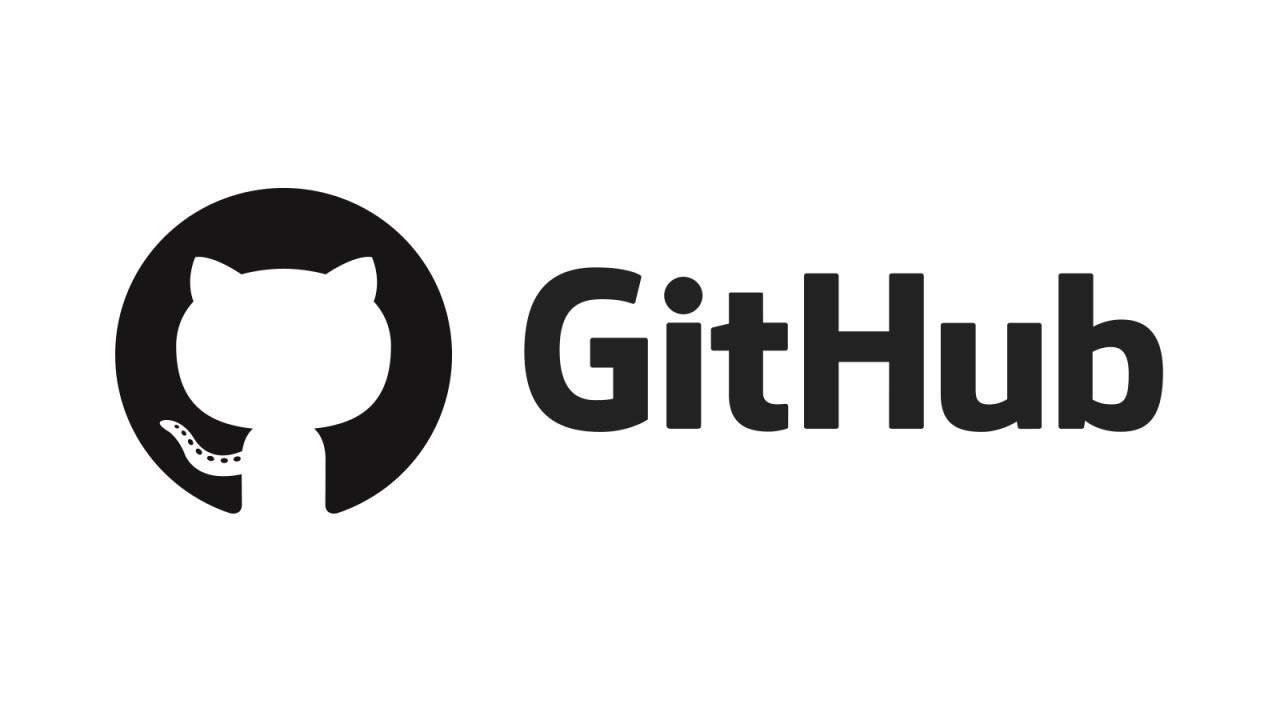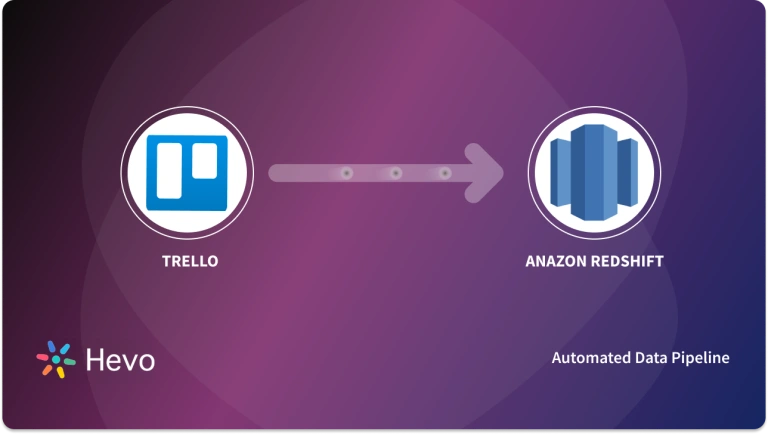Amazon Redshift can be integrated with a good number of tools ranging from development to data-related operations. One of these tools is GitHub. GitHub in itself provides various services for software development teams including hosting services. Unquestionably, this tool also holds data that can be useful.
This article will walk you through the steps required to set up the Redshift GitHub integration via the AWS Management console.
Table of Contents
What is Amazon Redshift?

Amazon Redshift is a fully managed service offered in the cloud petabyte-scale data warehouse. It can quickly and cost-effectively analyze large datasets. It will allow businesses to run complex queries and perform high-speed analytics on large amounts of data, and it will also seamlessly integrate into other AWS services.
Key Features
- Performance: Columnar storage and advanced compression algorithms to achieve query performance
- Integration: Seamlessly integrated with other AWS services like S3, DynamoDB, and EMR to offer a broad ecosystem for data
- Security: It provides the ability for strong encryption choices and VPC support and enables conformance to industrial standards to handle the data safely.
What is GitHub?

GitHub is an online versioning platform or web-based version control and collaboration where developers are provided with a space to store, manage, and track changes in the code. Built on Git, it permits several users to work at once; therefore, it significantly simplifies collaboration and contribution, as well as streamlines the software development process.
Key Features
- Version Control: This tracks and manages changes in your codebase through Git. You can revert to earlier versions at any time.
- Collaboration: It supports collaboration using functionalities such as code reviews, pull requests, and issues.
- Branching: This enables the setting up of branches where new features can be tested without affecting the core code base in a non-intrusive way.
- CI/CD Integration: It integrates with the continuous integration and deployment tools to automate the processes of testing and deployments.
Prerequisites
- An active Amazon Redshift account.
- An active GitHub account.
Method 1: Redshift GitHub Integration using Hevo Data
Hevo Data provides a seamless Redshift GitHub integration without having to deal with lengthy pieces of code. As Hevo is a centrally managed platform, there would be no need for manual interventions. Hevo also supports a Native Webhooks Connector that can help integrate data from various non-native sources for free.
Method 2: Manual Redshift GitHub Integration using AWS Management Console
This method involves manually setting up the Redshift GitHub connection by configuring the AWS Management Console.
Method 1: Redshift GitHub Integration using Hevo Data
Step 1: Hevo connects to GitHub through Webhooks.
- Copy the Webhook URL provided in the Set up Webhook section of your Pipeline Overview page and add it to your GitHub account.
Step 2: Complete the RedShift GitHub Integration
- Provide your Amazon Redshift credentials, such as your authorized username and password, along with your host IP address and port number value information.
Check out what makes Hevo amazing:
- Schema Management: Hevo can automatically detect the schema of the incoming data and map it to the destination schema.
- Connectors: Hevo supports 150+ integrations (Including Free Sources like GitHub), Webhooks, files, Databases, analytics, and BI tools. It supports various destinations including Google BigQuery, Amazon Redshift, Snowflake, Firebolt Data Warehouses; Amazon S3 Data Lakes; and MySQL, SQL Server, TokuDB, DynamoDB, PostgreSQL databases to name a few.
- Secure: Hevo has a fault-tolerant architecture that ensures that the data is handled in a secure, consistent manner with zero data loss.
- Hevo Is Built To Scale: As the number of sources and the volume of your data grows, Hevo scales horizontally, handling millions of records per minute with very little latency.
- Live Monitoring: Advanced monitoring gives you a one-stop view of all the activities that occur within pipelines.
- Live Support: Hevo team is available round the clock to extend exceptional support to its customers through chat, email, and support calls.
Discover the benefits of integrating TokuDB with Redshift for improved data warehousing and performance.
Method 2: Manual Redshift GitHub Integration using AWS Management Console
The AWS management console has an option to create a connection to a GitHub account and install apps. This makes it easier to pull data from GitHub, analyze and process it, and use it to derive inferences. Similarly, GitHub provides interfaces for other applications and developers to access its data. A popular use case for developers is with GitHub API(REST and GraphQL).
To manually set up the Redshift GitHub Integration using the AWS Management Console, follow these simple steps given below:
- Step 1: Sign in to your AWS management console.
- Step 2: Open the Developer Tools console.
- Step 3: Choose settings > connections and click on the Create Connection option.
- Step 4: Under select a provider, choose GitHub from the options.
- Step 5: Under create connection name, choose a name for the connection you want to create e.g ‘githubc-connection’.
- Step 6: Click Connect to GitHub. The GitHub access page should pop up on your screen, asking you to authorize access.
- Step 7: Click Authorize AWS connector for GitHub. The connection page will appear on your screen with the GitHub Apps field.
- Step 8: Under GitHub Apps, choose an app for installation. The AWS connector page will pop up on your screen. Choose the account you want to install the app.
Note: You can only install an app once for each GitHub account. If you already have the same app installed, proceed to ‘Configure’ to modify the app installation.
- Step 9: On the AWS connector page, click on the Install option.
- You should see the Connect to GitHub section on the page containing the connection ID for your new connection. Choose Connect to complete the Redshift GitHub connection. Navigate to Settings > Connections to view the connection you created in the connections list.
This completes the manual Redshift GitHub Integration process via the AWS Management Console.
Limitations of Manually setting up Redshift GitHub Integration
Using the above-mentioned step-by-step process, you can set up your RedShift GitHub Integration. However, you may face a few challenges while using this manual method for Redshift GitHub connection:
- This method only provides access to your GitHub repositories. You have to write custom scripts to clean, standardize, and transform your data for an analysis-ready form.
- For any changes occurring in the GitHub Schema, you have to continuously monitor and rewrite code to correctly Map schemas.
Conclusion
In this article, you have learned how to easily set up the Redshift GitHub Integration. Redshift’s ability to handle analytical workloads combined with its simplicity and cost-effectiveness is an added advantage when analyzing GitHub Data.
Suppose you are using tools like GitHub for software development and Amazon Redshift as a data warehousing and analytics platform in your firm and looking for a no-fuss alternative to manual Redshift GitHub Integration. In that case, Hevo can comfortably automate this for you for free. Hevo, with its strong integration with 150+ sources(including 60+ Free Data sources like GitHub), allows you to not only export and load data but also transform and enrich your data and make it analysis-ready in an instant.
Want to take Hevo for a ride? Get a 14-day free trial and simplify your Data Integration process. Do check out the pricing details to understand which plan fulfills all your business needs.
Tell us about your experience of setting up the Redshift GitHub Integration! Share your thoughts with us in the comments section below.
Frequently Asked Questions
1. Is Amazon Redshift a DBMS?
Redshift is another type of relational database management system (RDBMS), which places it differently compared to conventional databases like MySQL. When OLAP is involved, Redshift is the best option, while the opposite is true with MySQL, which has to be the best for OLTP.
2. Is Redshift an ETL tool?
AWS Redshift is a warehouse solution that excels at ELT workloads but can be used for ETL as well. The ETL process utilizes Redshift cloud scalability to transform the data. Though Amazon Redshift is not a tool that is categorized under ETL, it does consist of ETL features embedded into the software.
3. Is Redshift just Postgres?
Redshift is a data warehouse based on Postgres. Its dialect of SQL is on the modified version of PostgreSQL. Hence, both use SQL commands differently.









